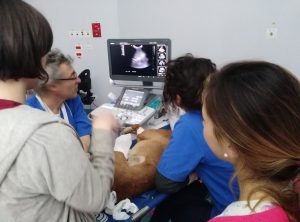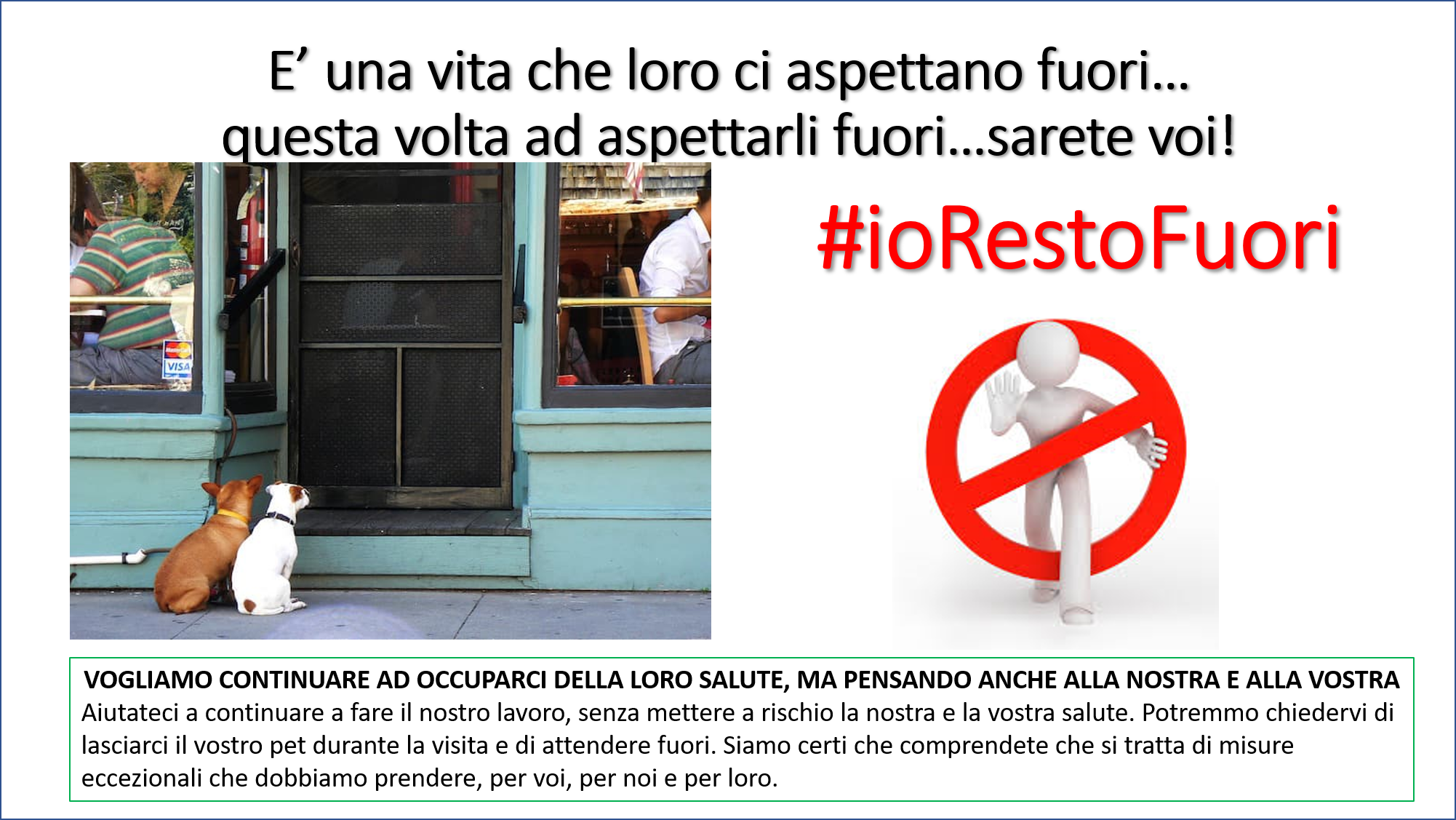Prognostic value of systemic inflammatory response syndrome and serum concentrations of acute phase proteins, cholesterol, and total thyroxine in cats with panleukopenia
Abstract
Background
Feline parvovirus (FPV) is a common and potentially lethal infectious agent in cats.
Objective
To assess the prognostic value of age, neuter status, serum concentrations of serum amyloid A (SAA), haptoglobin, cholesterol and total thyroxine (tT4), and the presence of systemic inflammatory response syndrome (SIRS) in cats with panleukopenia.
Animals
Client‐owned cats with FPV infection diagnosed by a positive fecal ELISA test, positive PCR on feces or blood or both.
Methods
Retrospective cohort study. The electronic medical database was searched for cats with FPV infection presented between January 2010 and January 2018. Cats were divided into survivors and nonsurvivors according to their survival status 28 days after hospital admission. The prognostic importance of each variable was investigated univariately and by multivariable Cox’s proportional‐hazards regression. Finally, receiver operator characteristic (ROC) curve analysis was used to identify the best cutoff value for discriminating survivors from nonsurvivors for the statistically significant prognostic predictors identified by multivariable analysis.
Results
Seventy cats were enrolled in the study. Multivariable analysis determined that only serum tT4 concentration at hospital admission was significantly (P = .01) associated with survival. A cutoff value of 0.82 μg/dL was identified by ROC curve analysis for serum tT4 concentration in discriminating survivors from nonsurvivors. Sensitivity at this cutoff was 73.9% and specificity was 82.9% (area under the curve, 0.783; 95% confidence interval, 0.668‐0.873; P < .0001).
Conclusion and Clinical Relevance
Serum tT4 concentration at hospital admission has prognostic value in cats with FPV infection.







 Il Direttore Sanitario Dott. Marco Caldin
Il Direttore Sanitario Dott. Marco Caldin